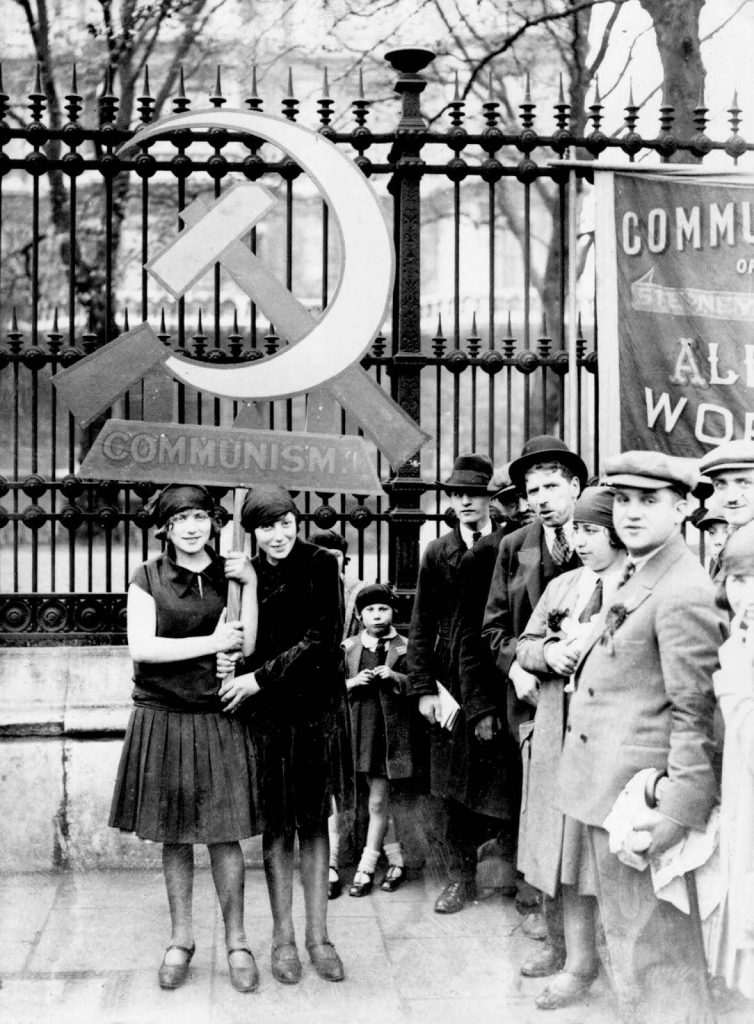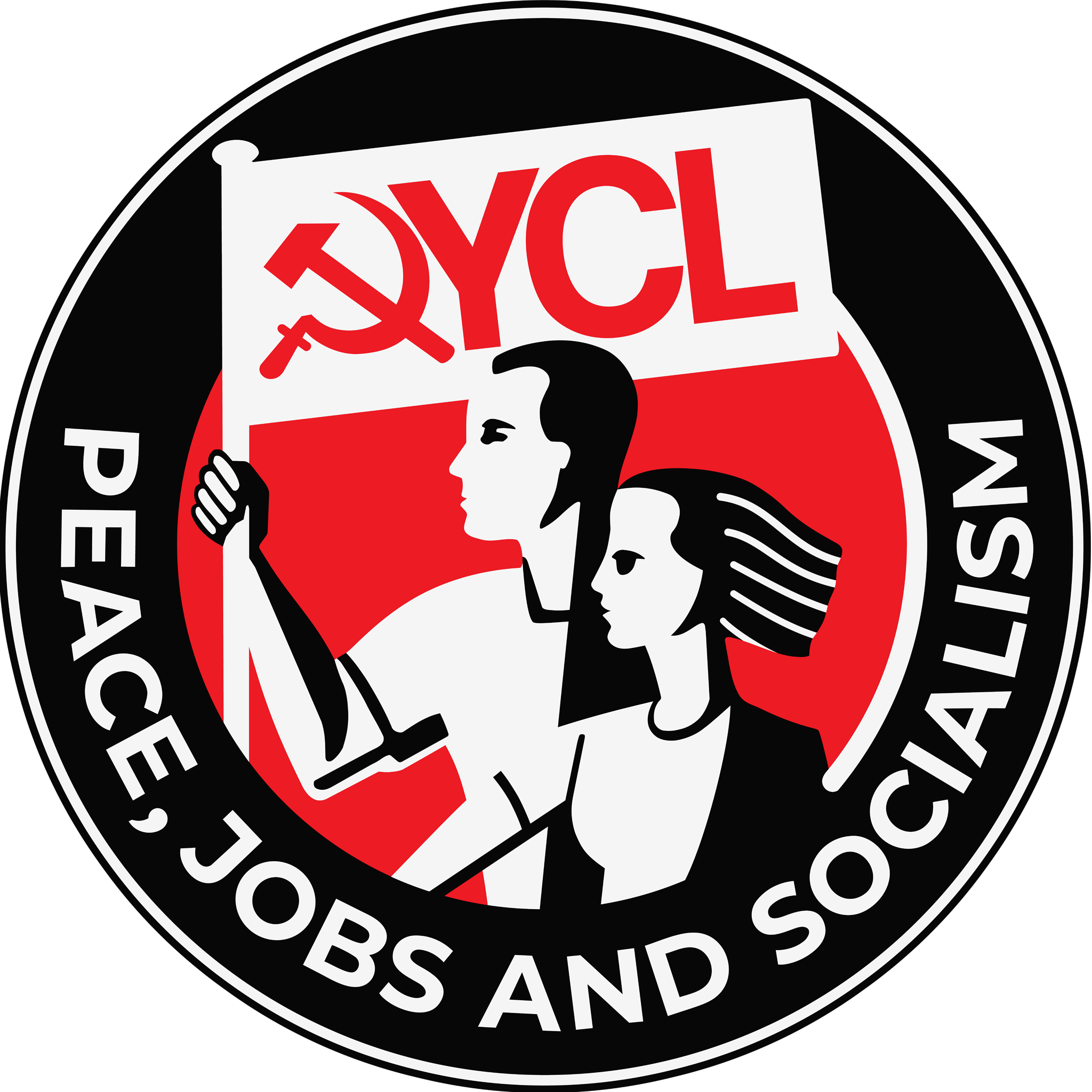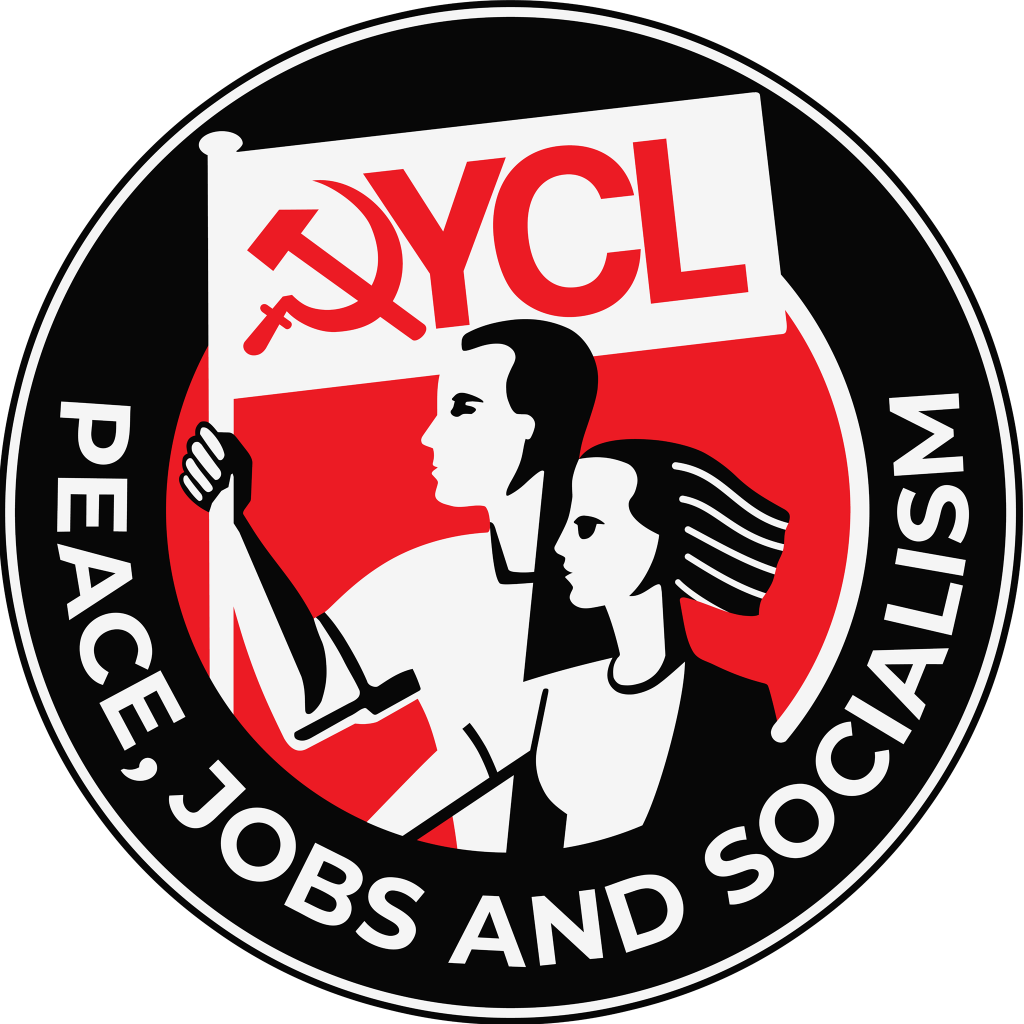From the texts of Marx and Engels and their critiques of capitalism came one blinding need: To push back against the ever-encroaching force of the highly organised and united capitalist class, there must be an organised political force to coordinate workers’ struggles towards the primary goal of socialist revolution. To accomplish this goal, a Communist Party must exist. After the Russian Revolution in 1917, Communist Parties were established all over the world to try to recreate the success of the Bolsheviks in other countries. This era may seem far gone, but the need to guide the revolutionary transition towards a socialist economy remains.
The Communist Party is resolutely internationalist, meaning it recognises the global nature of capitalist exploitation, especially in the age of imperialism, and that the finality of capital can only be achieved when “workers and oppressed peoples of all countries unite”. Working-class parties across the world therefore work in solidarity with each other, aiding in times of hardship—such as famine or conflict, and supporting each other through international communist organisations like the Communist International or Comintern.
In the Manifesto of the Communist Party, Marx and Engels write that: “The Communists, therefore, are on the one hand, practically, the most advanced and resolute section of the working class parties of every country, that section which pushes forward all others; on the other hand, theoretically, they have over the great mass of the proletariat the advantage of clearly understanding the line of march, the conditions, and the ultimate general results of the proletarian movement.”
The Communist Party must therefore be the most advanced and efficient representation of the political interests of the working class, guiding the workers in ideological struggle on questions of theory, organisation, and tactics through its media, agitation, and propaganda; in economic struggle through the mass working-class organisations, like trade unions; and in revolutionary political struggle against the capitalist state.
This leadership can only be achieved through its democratic structuring. The party is built from the bottom up, with branches encompassing local areas and working-class communities, and importantly, individual workplaces. Historically, the heart of the Communist Party has been its workplace branches, particularly set up among productive workers in, for example, the largest factories. In the words of Lenin, “Every factory must be our fortress.”
Although since the 1960s, productive workers now make up a smaller proportion of the workforce in Britain, it is still important that the core of the Communist Party membership is made up of the most revolutionary strata of the working class, which means actively seeking to recruit from and build links with these sections, presenting a working-class image, speaking the language of working-class people, and being closely in tune with working-class needs and concerns so as to reflect them in Party publications and policy. A Communist Party which loses this organic link to the working class is doomed to liquidation or co-option by the bourgeoisie, leading them to defend capitalism and imperialism under a Communist Party flag.
Lenin writes that once a branch has been formed, it must “organise a number of groups and circles with diverse tasks and varying degrees of secrecy and organisational form, as, for instance, circles for delivering and distributing literature…; circles for reading illegal literature; groups for tracking down spies; circles for giving special guidance to the trade-union movement and the economic struggle; circles of agitators and propagandists…, etc.” In other words, the branch forms the center for leading all aspects of the class struggle in their territory or workplace.
Regional and national committees then coordinate the work of the branches in their area. These committees consist of individual members from across the country and are voted in by branches, and should be small and efficient, with each committee member holding a specific position with specific duties, meaning they can be held to account by the membership if they fail to meet their responsibilities. Every few years, there is a congress held by all branches in a region or country, where members have the opportunity to submit motions and resolutions, discuss and amend overall political strategy, also known as the party line, and revise key documents such as the constitution. The core of the Communist Party must be made up of professional revolutionaries whose main job is revolutionary activity, although they should answer to congress and be subject to election. These paid professionals can then coordinate the activities of the broader membership more efficiently.
Lenin also outlined democratic centralism as a necessary principle of a Communist Party, which can be summarised as freedom of criticism, but unity of action. When representing the Party to the public, as an individual or collective, we must follow the party line to maintain democracy, unity, and our singular goal of a socialist revolution; but when in discussion with fellow party members, regardless of seniority or position, criticism, self-criticism, and debate are very important to inspire new thought and a more correct analysis.
Democratic centralism is also in opposition to factionalism, meaning small groupings of minority members who conspire and organise to change the policy established by the majority. At the 10th Congress of the Soviet Union in 1921, Lenin highlighted that: “It is essential that all class-conscious workers clearly realise the harmfulness and inadmissibility of any factionalism whatsoever which inevitably leads, in practice, to less friendly work and to repeated and intensified attempts by enemies of the ruling party who have attached themselves to it under false pretences, to deepen the divisions and use them for purposes of counter-revolution.” There is no need for factionalism within a democratic centralist party, although factional struggles have been waged by communists in parties where necessary, for example, in working-class parties without democratic centralism or when democratic centralism has been abandoned.
A Communist Party which is meeting its responsibilities of leadership to the working class is known as the “vanguard”. A vanguard party is one which consists of the most class-conscious, militant, and organised workers, who are committed to the development of the working class and the pursuit of socialism. This does not mean that communists dictate positions to the working class from “on high”, but struggle side by side with them, moving “amongst the people as a fish swims in the sea,” learning from the workers and earning the right to provide guidance and leadership through demonstrating their utility in struggle. The title of “vanguard” is therefore earned through this struggle, not simply declared.
Class struggle can take different forms at different moments: open and secret, legal and illegal, the short-term struggle for immediate reforms and the long-term struggle for socialist revolution. It is the role of the Communist Party to link up all these different forms of struggle and to unite them behind a long-term strategy for building towards revolution.
Lenin described three objective conditions which must be met before a revolution is possible: “1) When it is impossible for the ruling classes to maintain their rule in an unchanged form; when there is a crisis, in one form or another, among the ‘upper classes,’ a crisis in the policy of the ruling class which causes a fissure, through which the discontent and indignation of the oppressed classes burst forth. Usually, for a revolution to break out it is not enough for the ‘lower classes not to want’ to live in the old way, it is necessary also that the ‘upper classes should be unable’ to live in the old way; 2) when the want and suffering of the oppressed classes have become more acute than usual; 3) when, as a consequence of the above causes, there is a considerable increase in the activity of the masses, who in ‘peace’ time quietly allow themselves to be robbed, but who in turbulent times are drawn both by all the circumstances of the crisis and by the ‘upper classes’ themselves into independent historical action.”
When the objective conditions for a revolution are met, this is known as a revolutionary situation, but this is not enough in and of itself. There must also be the subjective factor of an organised working class with a Communist Party to lead them and make this revolutionary transition a reality. As Che Guevara said, “The revolution is not an apple that falls when it is ripe. You have to make it fall.”
To lead the working class towards revolution, the Communist Party must not only differentiate itself from the bourgeois parties, but also from the reformist social democratic parties, who tend to prefer “shopping lists” of working-class demands which they would implement if elected. Communists prepare their programmes differently, instead focusing on “minimum” programmes of key capitalist reforms which are deeply felt among the working class in order to escalate the class struggle and build worker power if achieved, alongside “maximum” programmes of revolutionary demands which may well be impossible to achieve under capitalism, but which the working class can rally around in order to provoke a revolutionary leap.
Choosing which demands to make at what time is a vital aspect of communist leadership and is a difficult skill to learn. Demands must not trail behind the current level of working-class consciousness and organisation, an example of tailism, nor must they be adventurist and march too far ahead, presenting unrealistic and unachievable demands which demoralise the workers before a revolution is possible. Marx’s programme for the Parti Ouvrier in France is a good example of these principles put into practice, but whatever the demands put forward in their programme, communists must permeate them with an honest, Marxist-Leninist analysis in working-class language to prevent any reformist illusions on the path to revolution.
The only way in which a socialist revolution has so far been achieved is through the art of the armed uprising, not due to a fetishisation of violence, but as a response to a class which refuses to give up power peacefully. Regarding this special form of political struggle, Lenin gave the following advice: “1) Never play with insurrection, but when beginning it firmly realise that you must go to the end. 2) Concentrate a great superiority of forces at the decisive point, at the decisive moment, otherwise the enemy, who has the advantage of better preparation and organisation, will destroy the insurgents. 3) Once the insurrection has begun, you must act with the greatest determination, and by all means, without fail, take the offensive. ‘The defensive is the death of every armed rising.’ 4) You must try to take the enemy by surprise and seize the moment when his forces are scattered. 5) You must strive for daily successes, even if small (one might say, hourly, if it is the case of one town, and at all cost retain the ‘moral ascendancy.’”
That said, it is not the role of the vanguard to carry out revolutionary activity above or against the will of the working class, who are the only true power in society. As Lenin said, “victory cannot be won with the vanguard alone. To throw the vanguard alone into the decisive battle, before the whole class, before the broad masses have taken up a position either of direct support of the vanguard, or at least a benevolent neutrality towards it, and one in which they cannot possibly support the enemy, would be not merely folly but a crime… propaganda and agitation alone are not enough.”
Recognising the importance of waging revolution in order to overthrow the bourgeoisie and establish a dictatorship of the proletariat is a fundamental aspect of scientific Marxism-Leninism, and many among the left either wittingly or unwittingly sabotage our progress towards revolution by presenting unscientific tactics or strategies which contradict this. For this reason, a “broad left” party to achieve socialism is not possible. Instead, a Communist Party must be guided by the only ideology which has successfully waged revolutionary struggle and established socialist governance all across the world: Marxism-Leninism.
This does not mean that working with other working-class parties is not sometimes necessary, and opposition to sectarianism means working with anyone who is advancing the cause of the working class, regardless of political organisation or ideology. However, communists must not confuse criticism for sectarianism, and it is also the responsibility of the Communist Party to expose incorrect positions and patiently seek to bring more workers towards Marxism-Leninism, as well as wage an active ideological struggle against any alien ideologies among its own ranks.
Sincere communists will always engage actively in the process of criticism and self-criticism, as well as education towards more correct positions. However, some will refuse to believe their eyes and ears, and stubbornly fight against a correct Marxist-Leninist analysis, and these elements have no place within a Communist Party. As an example, after the Russian Revolution, Lenin argued in favour of “purging” the party of all elements, particularly former Mensheviks, who conspired against socialism and against the working class from within the Communist Party itself, and Stalin and Mao waged similar struggles.
To sum up, the Communist Party is a collective of revolutionaries who are aware of their position in society, and the fact they are oppressed by a ruling class. They seek to change this reality by fighting for a socialist state which establishes a true workers’ democracy. They do this through Marxist-Leninist principles such as democratic centralism and vanguardism to maintain a democratic organ piloted solely by the revolutionary workers. It is an ongoing struggle to build such an organisation, and requires patience, hard work, study, and discipline.
Further Reading:
Manifesto of the Communist Party, K. Marx and F. Engels
Advice of an Onlooker, V. Lenin
A Letter to a Comrade on Our Organisational Tasks, V. Lenin
The Collapse of the Second International, V. Lenin
Two Tactics of Social-Democracy in the Democratic Revolution, V. Lenin
What Is to Be Done?, V. Lenin
The Programme of the Parti Ouvrier, K. Marx and J. Guesde
Concerning Questions of Leninism, J. Stalin
Foundations of Leninism, J. Stalin
Discussion Questions:
- Why is a Communist Party necessary?
- Why must the Communist Party only follow Marxism-Leninism and seek to apply Marxism-Leninism correctly?
- What steps still need to be taken to build an effective vanguard organisation in Britain?
- Why is democratic centralism important? What are the risks of becoming either too decentralised or too centralised and how do we prevent this?
- Can you think of any examples of “tailism” or “adventurism” from a Communist Party?



